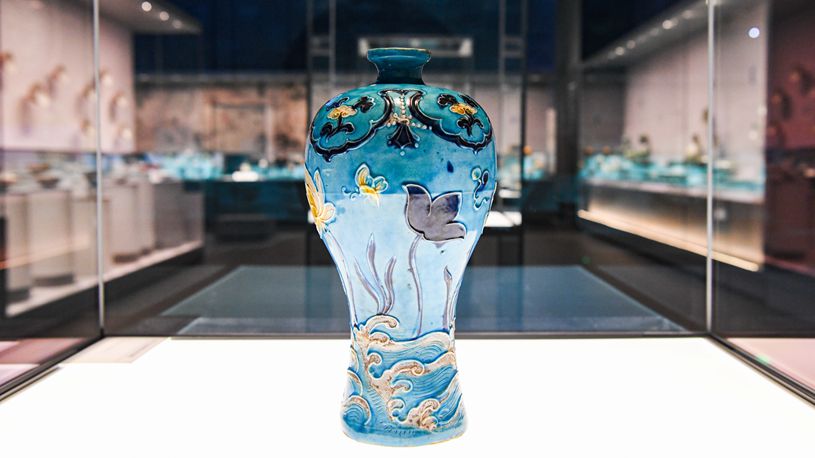BEIJING, Sept. 29 (Xinhua) -- From simply meeting basic food needs to today's pursuit of healthy and savory eating, the diet of Chinese people has undergone a dramatic transformation since the founding of the People's Republic of China in 1949. Over the past 75 years, the dining tables have witnessed China's economic development and social progress.
In the early years after the country was founded, the foods on the dining tables were primarily grain-based, to ensure everyone had enough to eat.
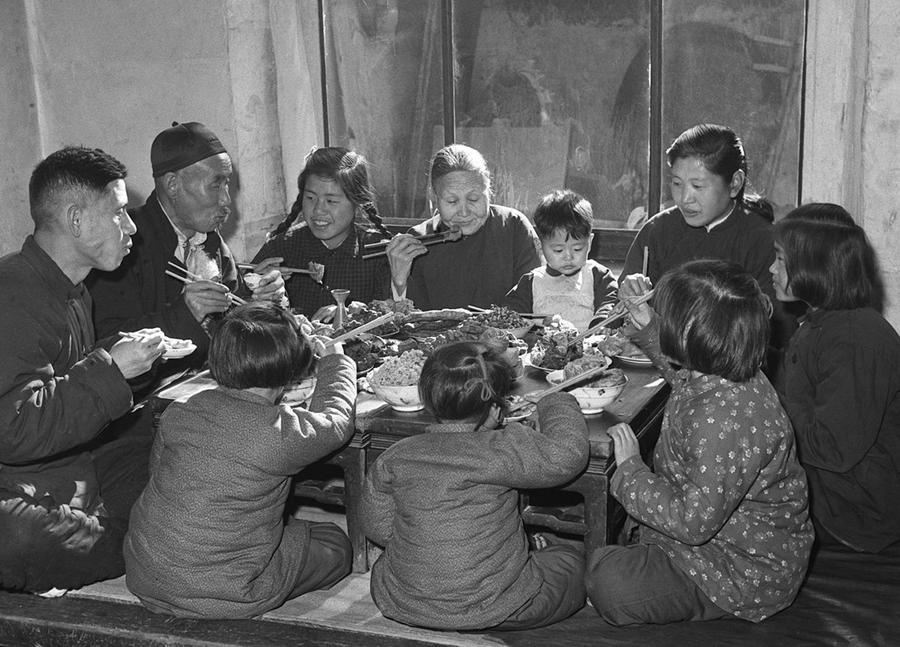
With the improvement of agricultural productivity, people's dietary structure began to shift from a grain-dominated "staple food diet" to a nutritional one that included more meat, eggs, and dairy products. People were no longer satisfied with just eating enough but began to pursue eating well.
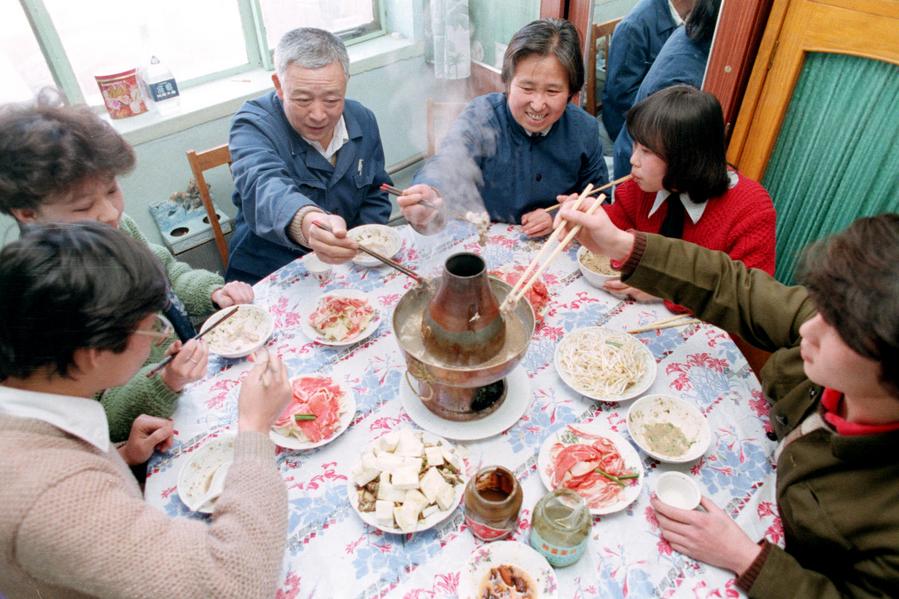
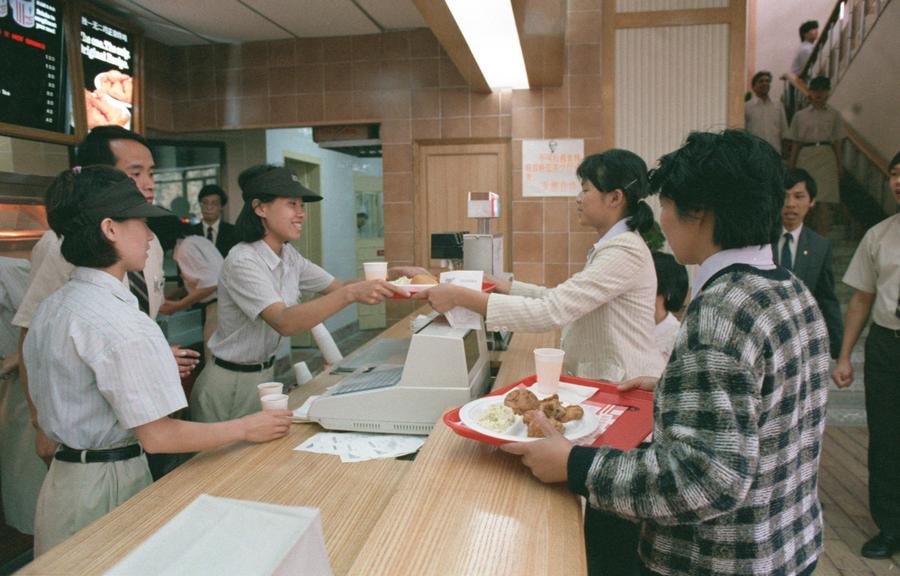
In the 1990s, as China's economy surged forward, dining out in restaurants became popular nationwide. Inviting friends and family to eat out became a symbol of status. Restaurants serving various cuisines from different regions began to take root across the country, and Western fast-food chains emerged in large numbers. Even rural-style repasts captured the attention of urban residents, providing people with more dining options.
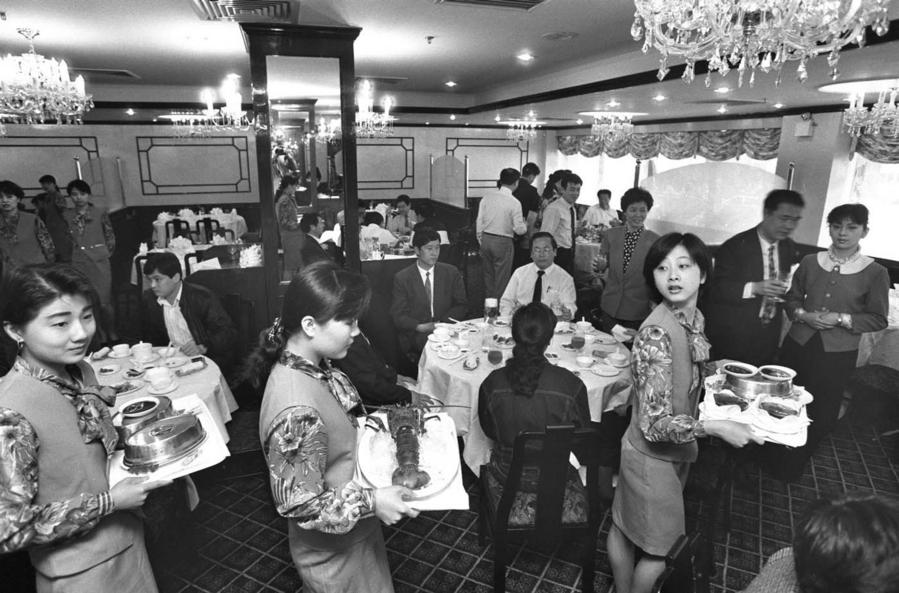
Nowadays, the Chinese diet is evolving to emphasize health and convenience. Organic green foods become the new favorites on dining tables. The booming food delivery industry allows people to enjoy meals from the comfort of their homes. The blend of traditional dietary culture and modern innovations, along with a diverse array of foods, continues to enrich the dining tables of Chinese people.


